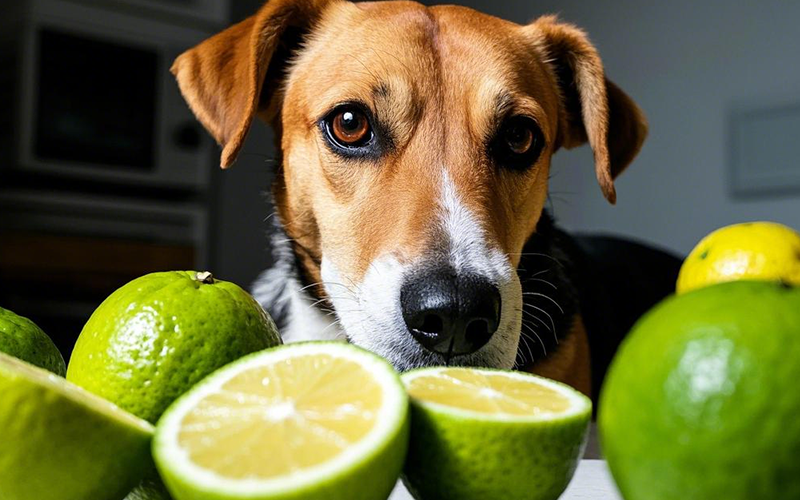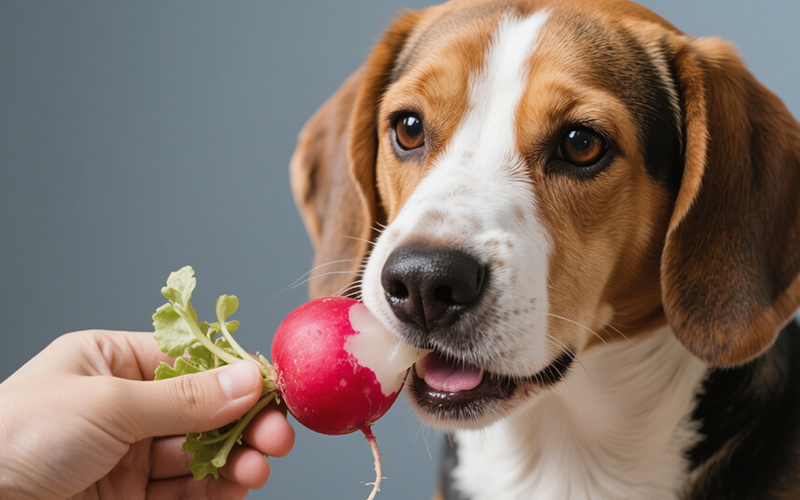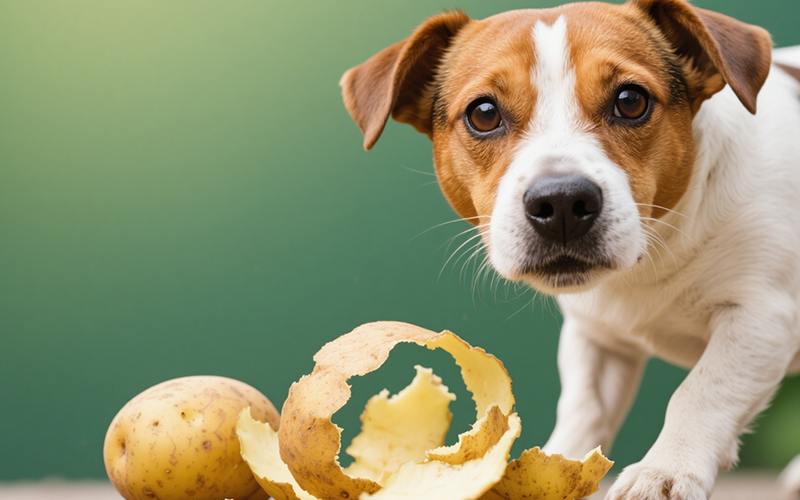Can Dogs Eat Limes? The Risks and Safety Guide for Pet Owners
- 20 Mar 2025 09:50
Limes may be a popular fruit for humans, but can dogs eat limes? Unfortunately, limes are not safe for dogs to consume, and there are several reasons why they should be kept out of your pet’s reach. While limes themselves aren't directly deadly, they contain substances that can be harmful to your dog’s health. Let's dive into why limes should be avoided and what you should know to keep your dog safe. 🍋🚫

Why Are Limes Harmful to Dogs? ⚠️
Citrus Toxicity 🍊
Limes, like other citrus fruits (lemons, oranges, and grapefruits), contain compounds called psoralen and citric acid, both of which can be toxic to dogs. Psoralen is a compound that can cause gastrointestinal upset, including vomiting, diarrhea, and drooling. Citric acid can lead to a variety of issues, including stomach irritation and potential poisoning if consumed in large amounts.Essential Oils in Lime Peel 🍃
The peel of a lime contains essential oils that are highly concentrated and can be toxic to dogs. These oils may cause digestive issues, central nervous system depression, or even a drop in blood pressure in extreme cases. Even small amounts of lime peel can be harmful, so it’s important to avoid giving your dog any part of the lime.High Acidity 🔥
Limes are very acidic, and their acidity can upset your dog’s stomach. If your dog consumes lime, especially in large quantities, they may experience abdominal pain, bloating, and discomfort. This can lead to more severe issues, such as dehydration and electrolyte imbalance, especially in dogs that are sensitive to acidic foods.
Symptoms of Lime Poisoning in Dogs 🚨
If your dog happens to eat a lime or lime peel, it’s important to monitor them for signs of poisoning. Symptoms may include:
Vomiting 🤢
Diarrhea 💩
Drooling excessively 🤤
Loss of appetite 🍽️
Abdominal pain or bloating 🤕
Lethargy 😴
Tremors or seizures (in severe cases) ⚡
If you notice any of these symptoms after your dog eats lime, it's essential to contact your vet immediately.
How Much Lime is Dangerous to Dogs? ⚖️
Even small amounts of lime can cause discomfort or toxicity in dogs, especially if the fruit or peel is ingested. The severity of the symptoms depends on the amount consumed, the size of your dog, and their individual sensitivity to citrus fruits. Smaller dogs are more likely to experience severe reactions to even small amounts, while larger dogs may tolerate a little bit better, though it’s still not recommended.
What to Do if Your Dog Eats Lime 🍋
Assess the Situation 🧐
If your dog eats a small amount of lime, they may experience mild symptoms such as stomach upset, drooling, or discomfort. If they consume a larger amount, the risks of poisoning increase, and you should be more cautious.Contact Your Vet 📞
If your dog eats lime, especially if it includes the peel, or if you notice any signs of distress like vomiting or diarrhea, it's always a good idea to contact your vet right away. They can provide you with the best advice and determine whether further treatment is necessary.Monitor Your Dog 👀
In less severe cases, you can monitor your dog at home. Keep them hydrated, and watch for any worsening symptoms. If their condition doesn’t improve or gets worse, take them to the vet immediately.
Are There Safe Alternatives to Limes for Dogs? 🐾
Yes! If you're looking for a healthy treat for your dog that provides a burst of flavor without the risks of limes, consider these safe alternatives:
Watermelon 🍉
Watermelon is a refreshing, hydrating treat for dogs. It’s low in calories and packed with vitamins A and C. Just make sure to remove the seeds and rind before serving.Apples 🍏
Apples (without the seeds) are a crunchy, healthy snack that many dogs enjoy. They provide fiber, vitamins, and antioxidants. Make sure to slice them into manageable pieces to avoid a choking hazard.Carrots 🥕
Carrots are a great low-calorie, fiber-rich snack for dogs. They’re also good for your dog’s dental health and are easy to serve raw or cooked.Blueberries 🫐
Blueberries are packed with antioxidants and are safe for dogs in moderation. They’re also low in calories and provide a burst of flavor that many dogs enjoy.Cucumber 🥒
Cucumbers are another low-calorie, refreshing snack that’s safe for dogs. They’re high in water content and great for hydration.
How Technology Can Help With Pet Health 🧠
If you ever have concerns about your dog’s health or diet, consider using PettureX, a pet AI software that offers 24-hour online consultations and pet image recognition. PettureX can help you quickly assess whether a food is safe for your dog and provide expert guidance on their overall well-being. 📱🐾
Final Thoughts: Can Dogs Eat Limes?
No, dogs should not eat limes. While small amounts of lime may not always be deadly, it’s best to avoid giving them to your dog. Limes contain compounds that can cause digestive upset, toxicity, and even poisoning, especially in larger quantities. Keep your dog safe by sticking to dog-friendly fruits and treats like apples, watermelon, or carrots.
If you’re ever unsure about what foods are safe for your dog, use resources like PettureX to help guide your decisions and keep your dog healthy and happy! 🐕🌟
Related

Radish Bites for Your Buddy? A Vet-Reviewed Guide on Whether Dogs Can Eat Radishes
- 22 Apr 2025
Potato Peels for Pooches? Unpeeling the Risks and Facts for Dog Owners
- 22 Apr 2025
Crunchy Curiosity: Can Dogs Safely Snack on Pork Rinds? A Deep Dive
- 21 Apr 2025
Pomegranate Seeds and Pooches: A Deep Dive into Whether Dogs Can Safely Indulge
- 21 Apr 2025
Can Dogs Eat Peaches? Vet Explains Benefits, Cyanide Risks & Safe Serving
- 16 Apr 2025
Can Dogs Eat Mulberries? Vet Explains Safety, Benefits & Potential Risks
- 16 Apr 2025
Can Dogs Eat Mozzarella? Vet Explains the Cheesy Truth (Risks & Benefits)
- 16 Apr 2025
Can Dogs Eat Mango Skin? Vet Explains Why It's a Risky Chew!
- 16 Apr 2025
Can Dogs Eat Maple Syrup? The Sugary Truth & Why Vets Advise Against It
- 16 Apr 2025
Can Dogs Eat Mac n Cheese? Vet Explains Why This Comfort Food Is Unsafe!
- 16 Apr 2025
